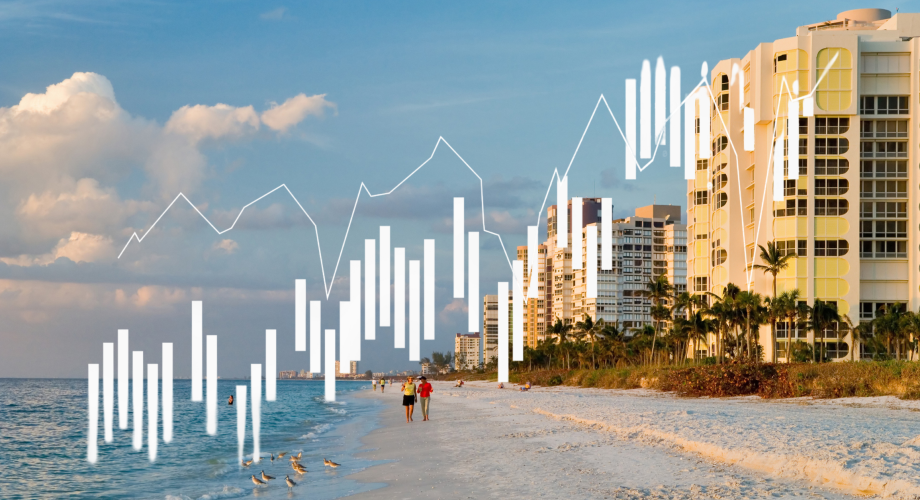CPI, Latest Release, July 2023
Despite a year-over-year increase in the headline number, inflation came in below expectations once again, up 3.3% seasonally adjusted. Core CPI, arguably more important given its persistence, continued to move in the right direction, down to 4.7%, the lowest level since October 2021. Notably, it increased just 0.2% for the second month in a row. Significant monthly declines occurred for airline fares (-8.1%), public transportation (-6.8%), health insurance (-4.1%) and photographic equipment (-3.5%), among others. Prices for sporting events rose 5.9% while nursing homes and adult day services, sewing machines, fabric and supplies, and girls’ apparel all increased 2.4% over the month.
CPI for Housing, July 2023
The CPI includes two measures for shelter costs: owners’ equivalent rent and rent of primary residence, both of which are self-reported. Together, they comprise about one-third of CPI. Both measures also continued to move in the right direction on a year-over-year basis, up 7.7% and 8.0%, respectively. Rent increased just 0.4% from last month, the lowest rate since March 2022. Shelter costs were responsible for 90% of the headline CPI increase this month, illustrating the significance of continued cooling of both rent measures.
“Super Core” Inflation, July 2023
Due mainly to lags in CPI shelter data, the Fed has begun to focus more on “super core” inflation, that is, prices excluding food, energy and shelter. Super core inflation measured 2.5% year-over-year, the lowest level since March 2021. It was negative on a monthly basis, which has not occurred since the pandemic shutdowns in spring 2020.
Inflation Expectations, July 2023
The Fed tracks 21 different measures of inflation expectations. The data presented in the chart below are inflation expectations one year and five years from now, as measured by the University of Michigan’s Consumer Sentiment Index.
Long-run expectations, more closely watched by the Fed, have been in the 3.0% range for the last ten months, about 50 basis points higher than pre-pandemic levels. One-year expectations inched up slightly to 3.4% from 3.3% but remain well below peak levels of 5.4% early last year. The uptick was largely driven by lower-income consumers, who feel that both their incomes and inflation will worsen in the coming year.
Wage Growth vs. Employment Cost Index, Q2 2023
The Employment Cost Index (ECI) is a quarterly measure of the change in the costs of labor. Unlike average hourly earnings, the series typically used for wage growth, the ECI calculation is not impacted by the change in employment levels among occupations and industries which can significantly skew wage levels. It also includes the costs of benefits to employers. The ECI is considered a purer measure of labor costs and is closely watched by the Fed.
The ECI has decelerated for the past year and now stands at 4.5% year-over-year. Although off peak levels, both the ECI and wage growth remain elevated. Within the various components of the ECI, wages increased 4.6%, compensation was up 4.5% and costs of benefits, 4.2%. Despite the recent cooling in some employment indicators, such as weaker monthly job gains and nearly 2.5 million fewer job openings than peak levels, the labor market is tight enough that employers continue to struggle to retain workers. A competitive compensation package is just one method in their toolboxes.
What to Watch in the Next Month
- Gas prices. They have started to tick up over the summer, due in part to the impact of higher-than-average temperatures on oil refinery capacity in the Gulf Coast. Gas prices are highly – and negatively – correlated with consumer sentiment.
- Will they, or won’t they? Views seem to be mixed on whether the Fed has completed its cycle of raising interest rates, or will hike by another 25 basis points by the end of the year. The data, and other signals given by the Fed, point to the former. The certainty of higher interest rates for longer is not part of the debate.
Next Tracker: September 13, 2023
